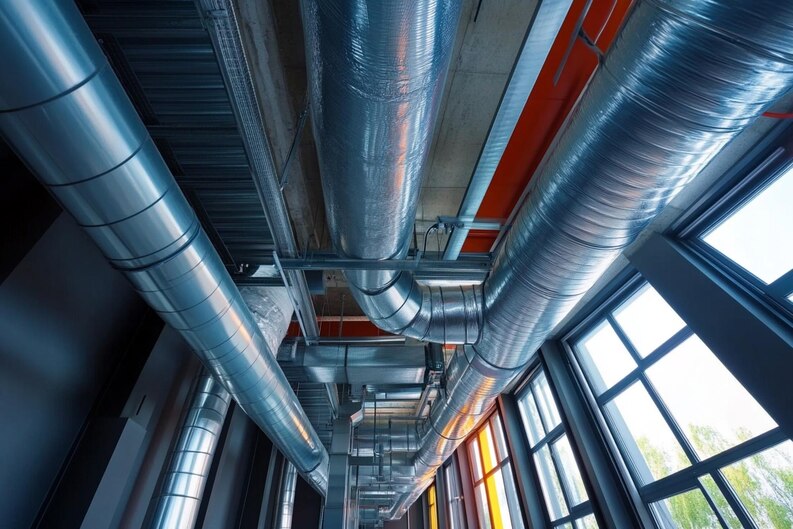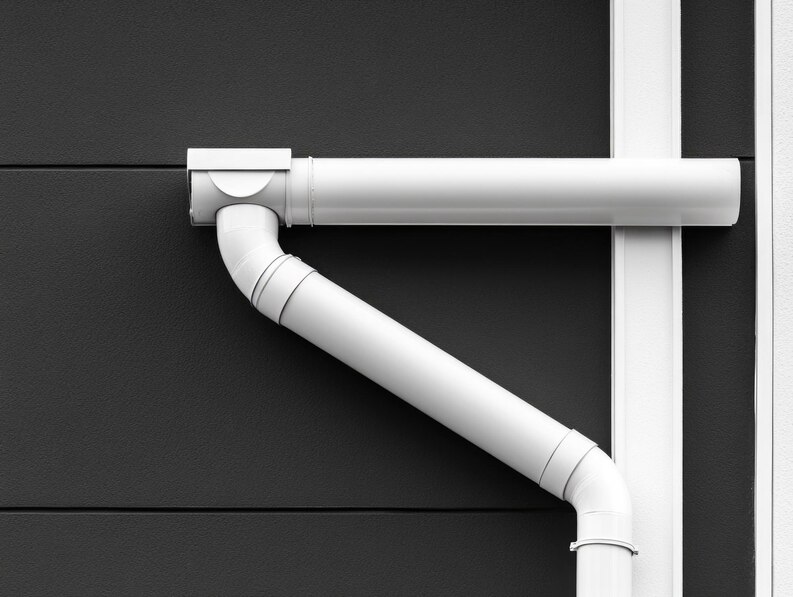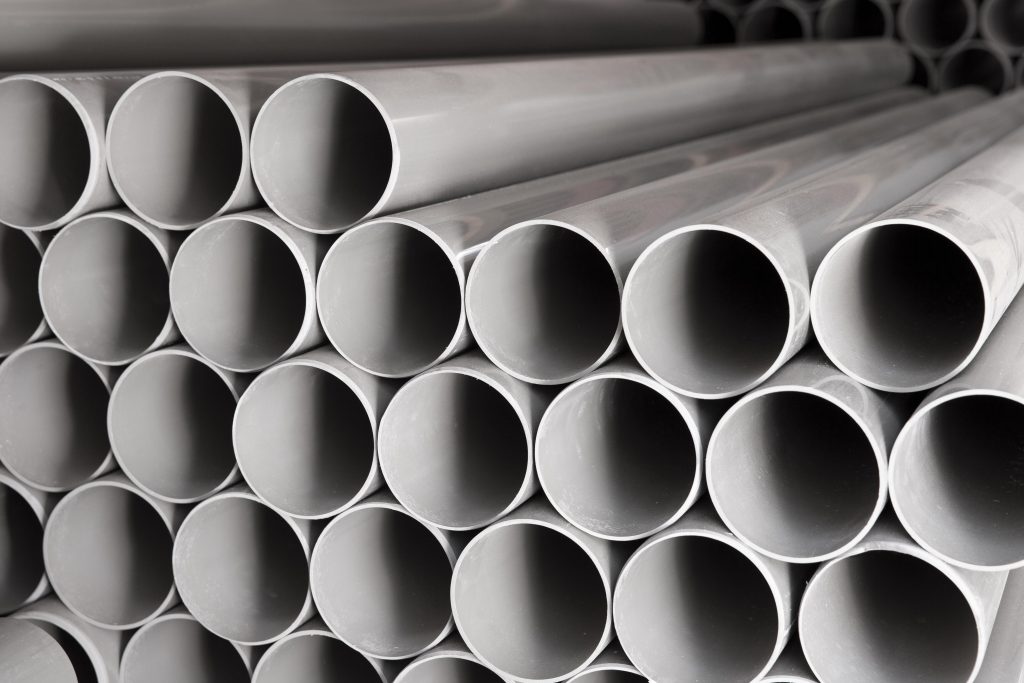In the quest for more sustainable and energy-efficient buildings, the choice of piping materials plays a pivotal role. Modern developments in piping materials have ushered in a new era of energy efficiency, driving substantial improvements in the overall performance of heating, cooling, and water systems within buildings. This post will explore how these new materials contribute to energy conservation, reduce operational costs, and support the global move towards greener construction practices. By understanding the unique properties and benefits of these innovative piping materials, industry professionals can make more informed decisions that enhance the energy efficiency of their projects.
Innovative Insulating Properties in Modern Piping
One of the most significant ways new piping materials improve energy efficiency is through their superior insulating properties. Traditional metal pipes, such as copper and steel, while durable, are highly conductive, meaning they can lose significant amounts of heat or coolness as water travels through them. This inefficiency translates to higher energy consumption, as more energy is required to maintain desired temperatures.

In contrast, modern materials such as cross-linked polyethylene (PEX) and polyvinyl chloride (PVC) offer excellent insulation. PEX, for instance, is known for its ability to retain heat, reducing the amount of energy needed to heat water. Similarly, PVC pipes, commonly used in various applications, also provide better insulation compared to metallic counterparts. This insulating capability means that less energy is wasted, resulting in lower energy bills and a reduced carbon footprint for buildings.
Durability and Longevity of Contemporary Piping
The durability and longevity of piping materials also have a direct impact on energy efficiency. Traditional metal pipes are prone to corrosion and scaling, which can cause blockages and leaks, leading to inefficiencies and increased energy use. These issues often necessitate frequent repairs and replacements, which not only incur costs but also interrupt the efficient operation of building systems.
New piping materials, such as PEX, CPVC (chlorinated polyvinyl chloride), and HDPE (high-density polyethylene), boast impressive durability and resistance to common issues like corrosion and scaling. This resistance ensures the smooth operation of water and heating systems over longer periods without significant maintenance. Consequently, buildings equipped with these modern piping systems experience fewer disruptions, leading to more consistent and efficient energy use. The long lifespan of these materials means that the energy and resources expended on repairs and replacements are minimized, contributing to overall energy savings.
Reduced Energy Loss Through Advanced Materials
The adoption of advanced piping materials is essential for mitigating energy loss in building systems. Energy loss can occur from both hot water heating systems and cooling systems when pipes are not adequately insulated. Traditional metal pipes, due to their high thermal conductivity, are less effective in preventing energy loss compared to newer materials.
Materials like PEX and CPVC have lower thermal conductivity, which inherently reduces energy loss during the transportation of hot or cold water. Moreover, these materials often come with built-in insulation features that further enhance their energy-saving properties. For example, some PEX tubing includes a layer of insulation that minimizes heat loss, thus maintaining the water temperature more effectively as it moves through the building. This efficiency can lead to significant energy savings over time, particularly in large commercial buildings where heating and cooling demands are substantial.

Impact of Flexible Modern Piping
Flexibility is another attribute of modern piping materials that contributes to energy efficiency. Traditional metal pipes are rigid and require numerous joints and fittings to navigate through a building’s structure. Each of these joints and fittings presents a potential point of energy loss and can also be a source of leaks and inefficiencies. Moreover, the energy required to manufacture, install, and maintain these complex systems can be significant.
Modern piping materials like PEX and HDPE are highly flexible, allowing for easier installation with fewer joints and fittings. This flexibility means that pipes can be routed more directly, reducing the length of piping runs and hence the opportunity for energy loss. Additionally, the reduced need for joints and fittings minimizes the potential for leaks and other issues that could compromise energy efficiency. A leading PVC pipes manufacturer has highlighted the benefits of these flexible piping solutions, noting that such materials can enhance the overall efficiency and reliability of building systems, resulting in both energy and cost savings.
Advances in Manufacturing Techniques for New Piping
Innovations in the manufacturing processes of new piping materials have also contributed to improved energy efficiency in buildings. Advanced techniques such as extrusion and cross-linking have enabled the production of pipes that are not only stronger and more durable but also more energy-efficient. These manufacturing processes often require less energy compared to traditional methods for metal pipes, further contributing to the overall energy efficiency of the building industry.
Moreover, the use of recyclable materials in the production of these modern pipes supports sustainable building practices. For example, HDPE pipes are not only highly energy-efficient in their operation but are also recyclable at the end of their lifespan, reducing the environmental impact associated with their disposal. By adopting these advanced manufacturing techniques and materials, the building industry can achieve significant energy savings and contribute to broader environmental sustainability goals.

Contributions to Green Building Certifications
The choice of piping materials plays a significant role in achieving green building certifications such as LEED (Leadership in Energy and Environmental Design) and BREEAM (Building Research Establishment Environmental Assessment Method). These certifications assess the sustainability and energy efficiency of building projects, and the materials used in plumbing systems are a critical component of these evaluations.
Modern piping materials, with their superior insulating properties, durability, and reduced energy loss, contribute positively to the energy efficiency metrics required for green building certifications. Buildings that incorporate these materials can achieve higher certification levels, which not only signifies their commitment to sustainability but also adds value to the property. Achieving green building certification can lead to various benefits, including increased marketability, higher rental and resale values, and potential tax incentives, making the investment in modern piping materials a financially sound decision.
Conclusion
The adoption of new piping materials represents a significant advancement in the pursuit of energy efficiency in buildings. With their superior insulating properties, enhanced durability, reduced energy loss, and flexible installation, modern piping systems offer substantial improvements over traditional metal pipes. The energy savings achieved through these innovative materials not only reduce operational costs but also support broader sustainability goals and contribute to green building certifications.
As the construction industry continues to evolve, embracing these advanced piping solutions will be essential for creating more energy-efficient and environmentally-friendly buildings. By making informed choices about piping materials, industry professionals can drive significant improvements in building performance, paving the way for a more sustainable future.

